The rise and rise of chatbots
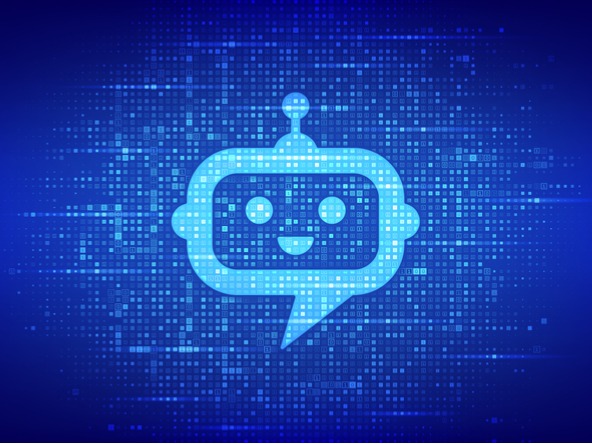
We have witnessed exponential growth in chatbots for customer service support and as a marketing tool. Chatbots are ubiquitous, across industries, permeating all facets of consumer and business experience. In 2016, there were 11,000 Facebook Messenger chatbots; there are now more than 300,000 popping up on websites and social media.
These days, we can order just about anything online and have it delivered to our door in a matter of hours. Consequently, we are conditioned to expect relatively instantaneous service from the brands we interact with. When engaging with a brand, we expect even simple questions to be answered immediately and accurately, which puts incredible pressure on telephone and online customer service propositions. While chatbots are by no means a panacea, they are scalable, helping to alleviate these pressures along with augmenting existing service propositions, as detailed below:
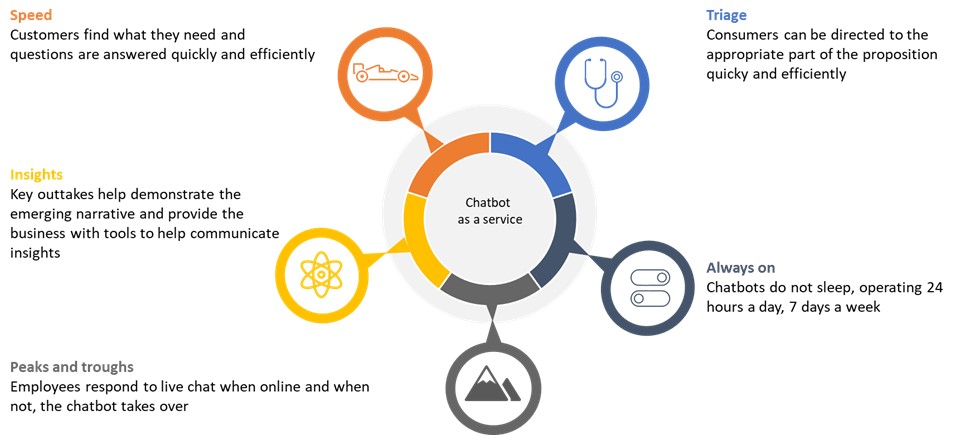
There is clear commercial benefit to integrating chatbots into a wider service offering and marketing function. Along with chatbots being able to do the work of many, a dynamic and engaging chatbot experience will help to drive sales, with Juniper Research predicting sales in the region of $112bn by 2023.
The avatar is a natural extension of a chatbot. Put simply, an avatar is a chatbot with a face, which helps facilitate dialogue between the user and itself. A well-designed avatar acts as an extension of a brand’s personality, whether that be in terms of appearance, tone of voice or utterance.
The extent to which an avatar should look and demonstrate human-like qualities is debateable. It would not be unreasonable to argue that the more human-like the better. Intriguingly, avatars that are highly realistic, but still clearly not human, are seen as ‘creepy’ or even ‘sinister’.
When avatars are seen as almost but not quite human, they fall into what has come to be known as the ‘uncanny valley’. The phrase was first coined by the Japanese roboticist Masahiro Mori in the 1970s. Mori observed that while people liked robots that were more human, there was a point upon which people began to feel uneasy. To put this in context, Optimus Prime or WALL-E have some human-like qualities but are clearly not human and tend to elicit a positive emotional response. Paradoxically, a baby doll is both highly realistic but clearly not human, yet it tends to elicit a negative emotional response.
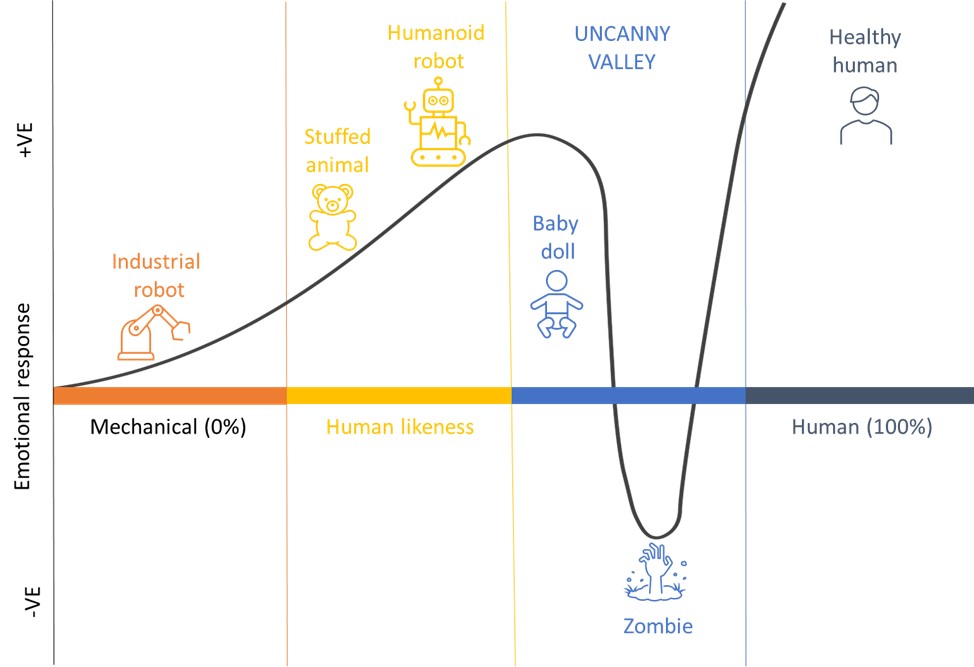
As even more sophisticated chatbots come on stream, understanding how to optimise user and chatbot interactions will be paramount. Arguably, market researchers are ideally placed to take up this challenge, with an industry steeped in the tradition of understanding human experience. Our sphere of influence should not be limited to measurement alone, but also embody chatbot design, an area that currently falls almost entirely under the purview of programmers.
Chatbot design begins with scoping out the design brief and operating parameters, whether that be service support, marketing or another internal support function. One should be cognisant of a few challenges. Take for instance, the much vaunted ‘attention deficit war’ where the advent of the internet and other technological advances have eroded the cognitive effort we are willing to invest in a task. The implications for chatbots are not insignificant; to ensure chatbots can compete for attention, they need to be dynamic and memorable.
Only a few years back, chatbots were largely seen as novel, while fast-forward to present day and most can regale a chatbot experience, whether that be good, bad or indifferent. As such, expectations are now an abstraction of experience. While previously a chatbot that responded in any sense was seen as a marvel, users are now more discerning. Limited chatbot comprehension is less forgivable, and cut and pasted answers from web pages is less acceptable.
Clearly, if chatbots are to be relevant, they must keep pace with evolving customer expectations. Chatbot performance measurement is in its infancy, nonetheless, as brands become more aware of the potential of chatbots, the demand for measurement will grow exponentially. Typically, performance metrics centre on number of interactions, response volume, response rate and conversation length. While not discounting these fundamentally objective measures, it will be important to consider more subjective measures that address the more affective components of the experience, whether that be perceived effort, expectations or advocacy.
Julian Adams is head of research at Motif and associate lecturer at the University for the Creative Arts – Business School

We hope you enjoyed this article.
Research Live is published by MRS.
The Market Research Society (MRS) exists to promote and protect the research sector, showcasing how research delivers impact for businesses and government.
Members of MRS enjoy many benefits including tailoured policy guidance, discounts on training and conferences, and access to member-only content.
For example, there's an archive of winning case studies from over a decade of MRS Awards.
Find out more about the benefits of joining MRS here.



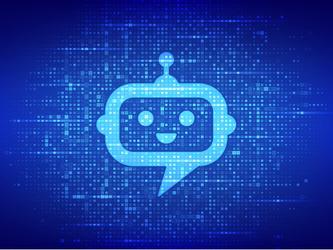
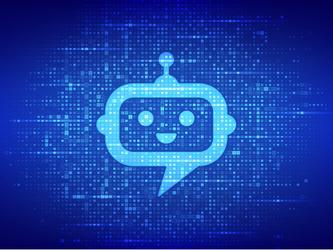








0 Comments